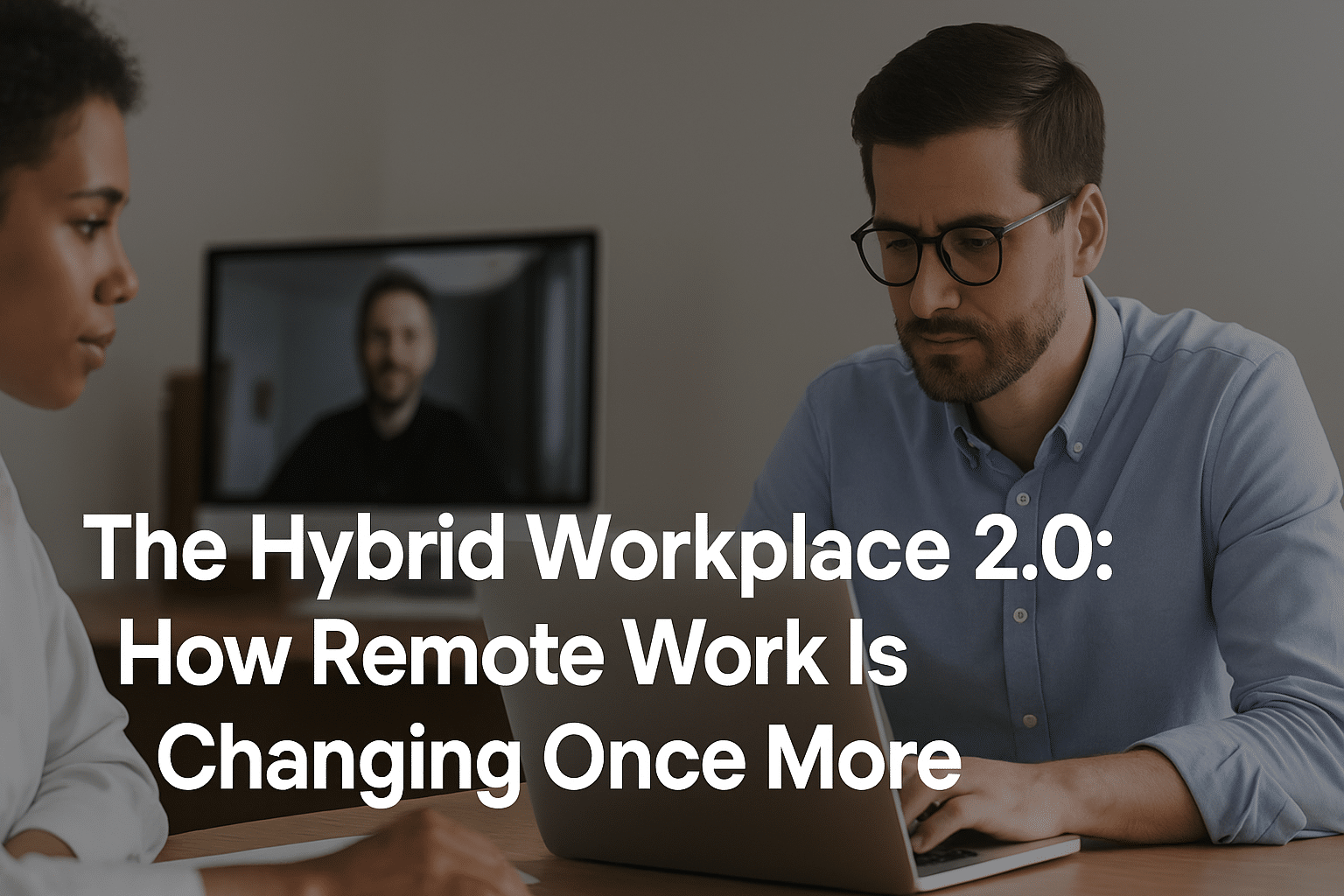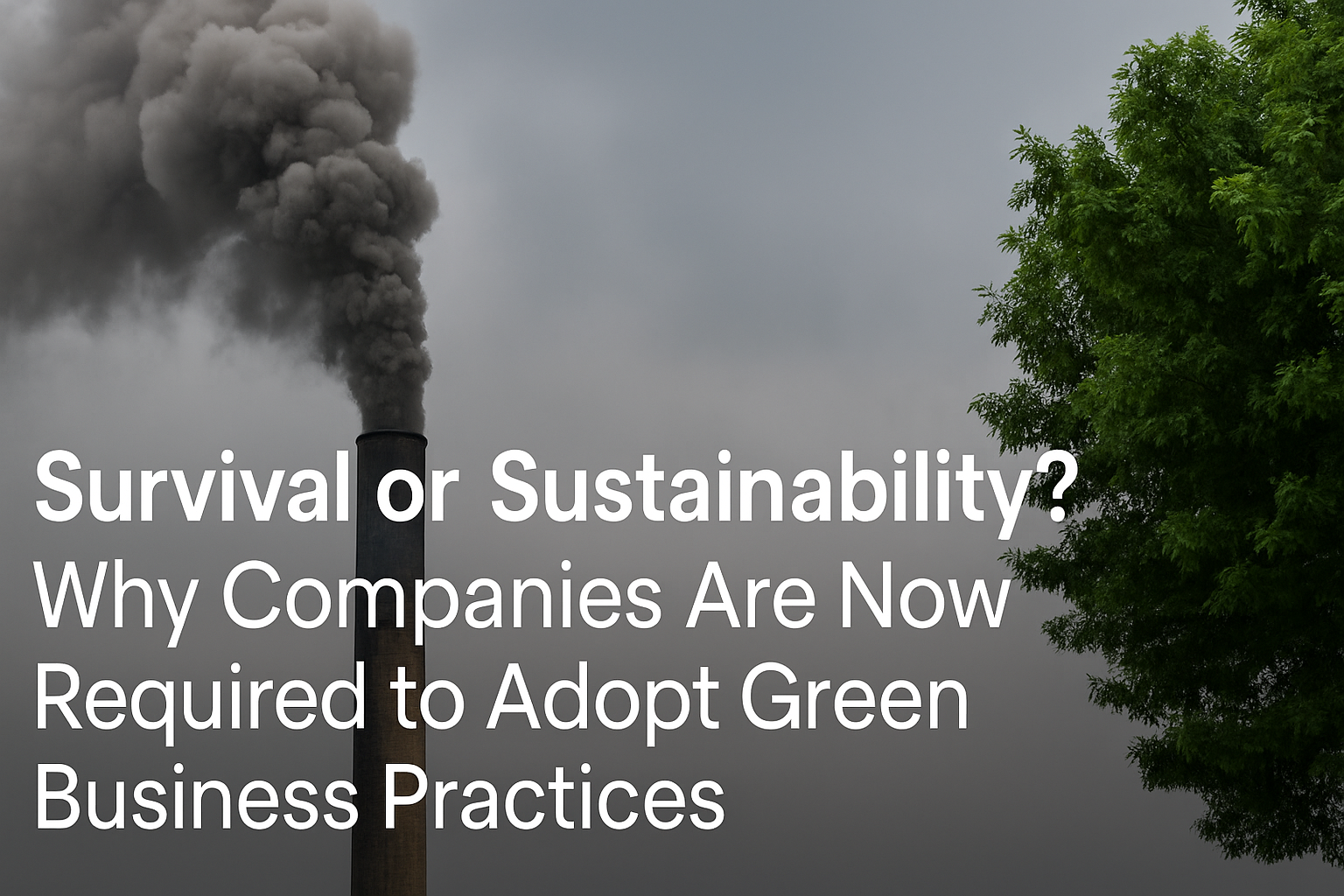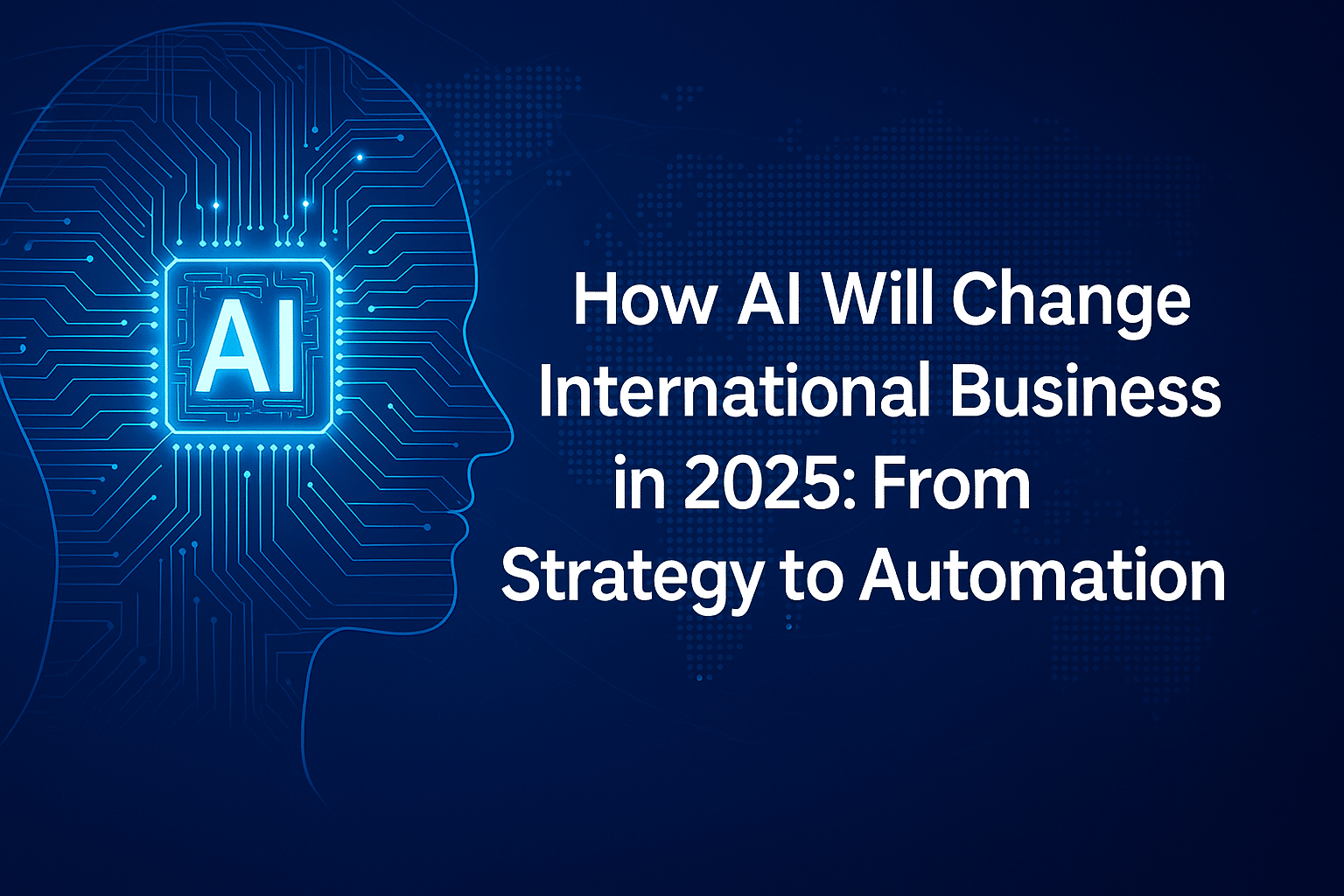Remote work was seen as a revolutionary change only a few years ago. It is the standard now, and it is changing again. By 2025, the world will have entered the era of Hybrid Workplace 2.0, a more intelligent and strategic fusion of accountability, flexibility, and purpose-driven teamwork.
The focus is now on how well employees work and why they come together at all, rather than where they work.
1. Office Days with Purpose
In Hybrid 2.0, in-office days are no longer predetermined or fixed. Businesses are creating “intentional presence” guidelines, which bring teams together only when face-to-face interaction is actually more effective. are no longer utilized for everyday tasks but rather for brainstorming, client meetings, product launches, and culture-building exercises.
For instance, Google redesigned its hybrid policy to focus on “maximum impact” moments, giving teams the freedom to determine when face-to-face interaction improves performance.
2. The New Default for Communication is Asynchronous
Asynchronous workflows are taking the place of continuous video calls to accommodate time-flexible and international teams. Teams now rely more on AI-powered task trackers, collaborative documents, and recorded video updates. This change promotes deep focus and autonomy in addition to respecting different time zones.
The quiet but coordinated rhythm of contemporary work is powered by platforms such as Loom, Notion, and Slack Canvas.
3. AI-Driven Teamwork Applications
In Hybrid 2.0, teamwork is being transformed by artificial intelligence. Artificial intelligence (AI) assistants can now auto-tag files, schedule meetings, summarize virtual calls, and recommend project timelines. Now that the tools are working with them rather than for them, teams can finish three days’ worth of work in three hours.
Knowledge sharing is streamlined and expedited by the deep integration of Google Duet AI and Microsoft 365 Copilot into daily operations.
4. Adaptable Positions, Set Culture
Businesses now understand that flexibility is about planning work around life, not just about location. Hybrid 2.0 provides “work-from-anywhere” months, adjustable roles, and flexible hours. Culture, however, is unavoidable.
Leaders are investing more in AI-powered employee engagement tools, virtual rituals, and meaningful in-person meetings that reinforce shared values in order to keep the group cohesive.
5. Results, Not Hours, Are Used to Measure Performance
The days of signing in just to be visible are long gone. In the new era, results are more important than appearances. Real-time dashboards, OKRs (Objectives & Key Results), and well-defined goals assist managers and staff in concentrating on outcomes. Trust takes the place of micromanagement.
Particularly for Gen Z and millennial employees, this change has improved job satisfaction, productivity, and retention.
⸻
Final Thoughts: : Revising the Future of Employment
Based on adaptability, trust, and astute cooperation, the hybrid model is a reimagined approach to working rather than a band-aid solution. By 2025, Hybrid Workplace 2.0 will demonstrate that when companies plan for people, not the other way around, everyone benefits.
The days of work are over. The experience is dynamic and ever-changing, and those who master it are paving the way for business’s future.







Leave a Reply